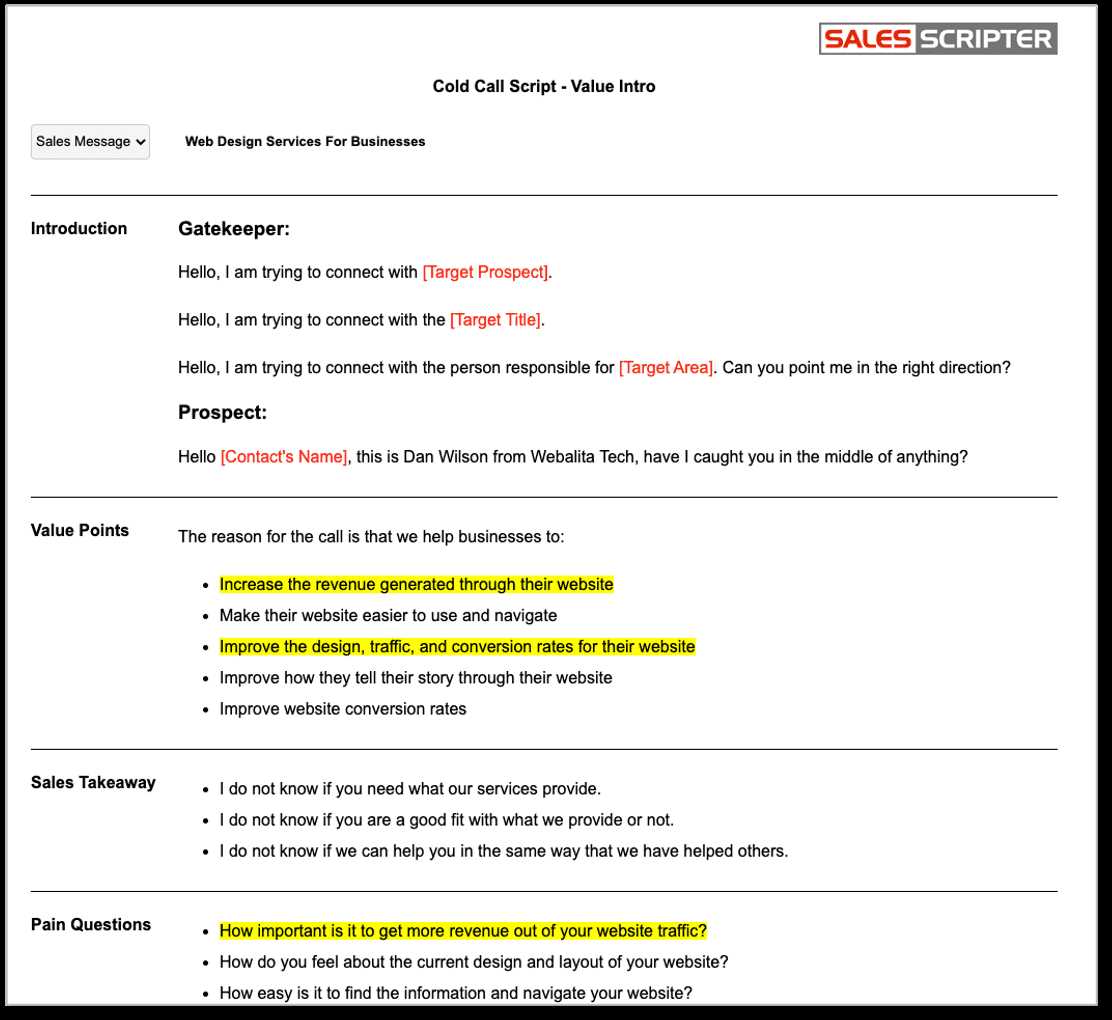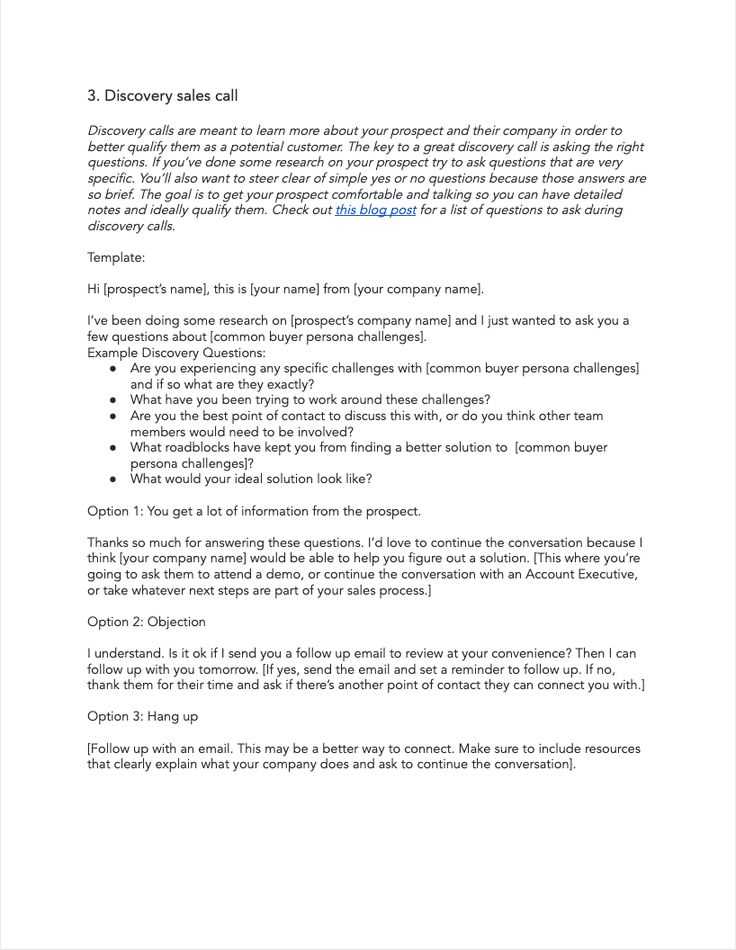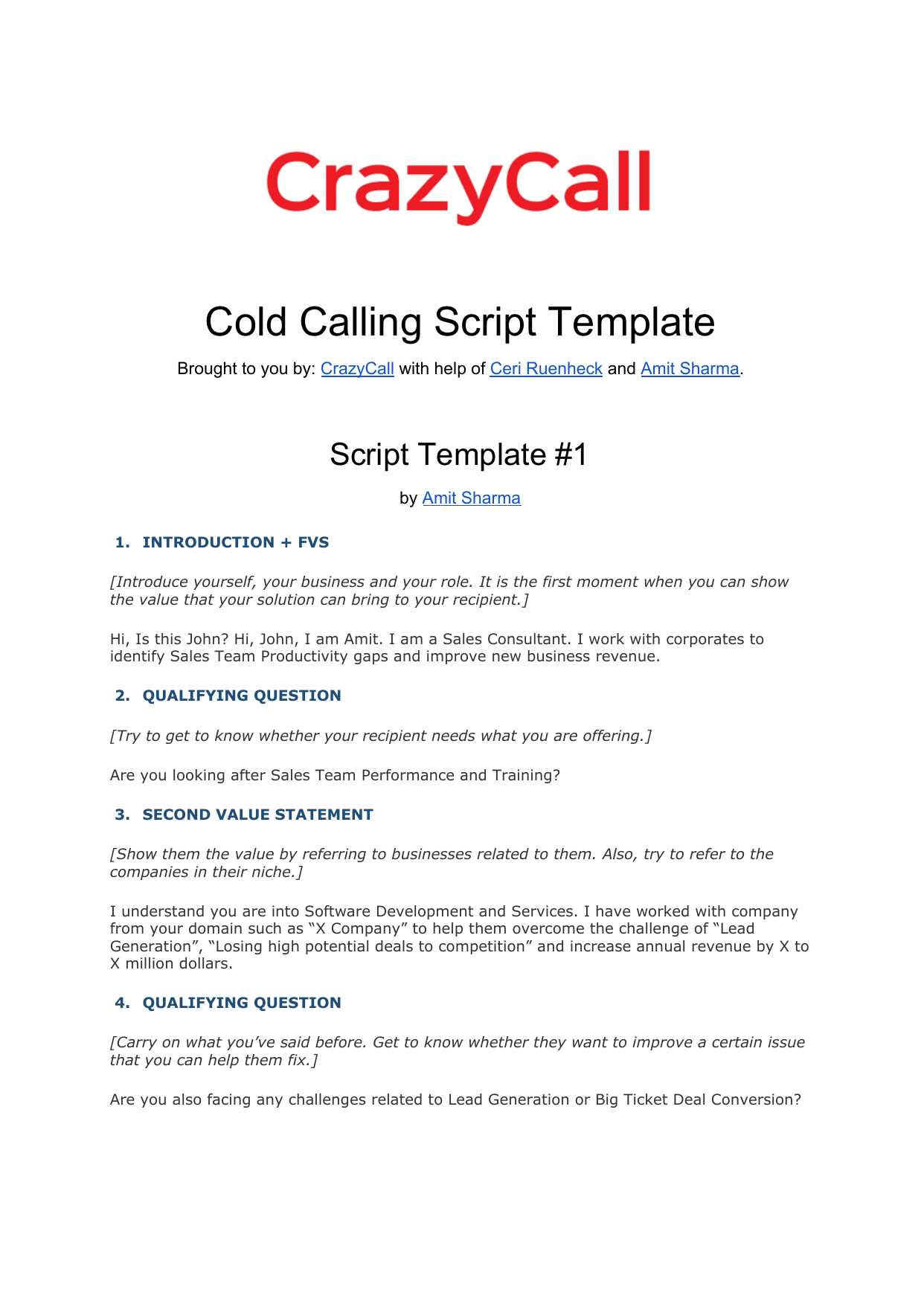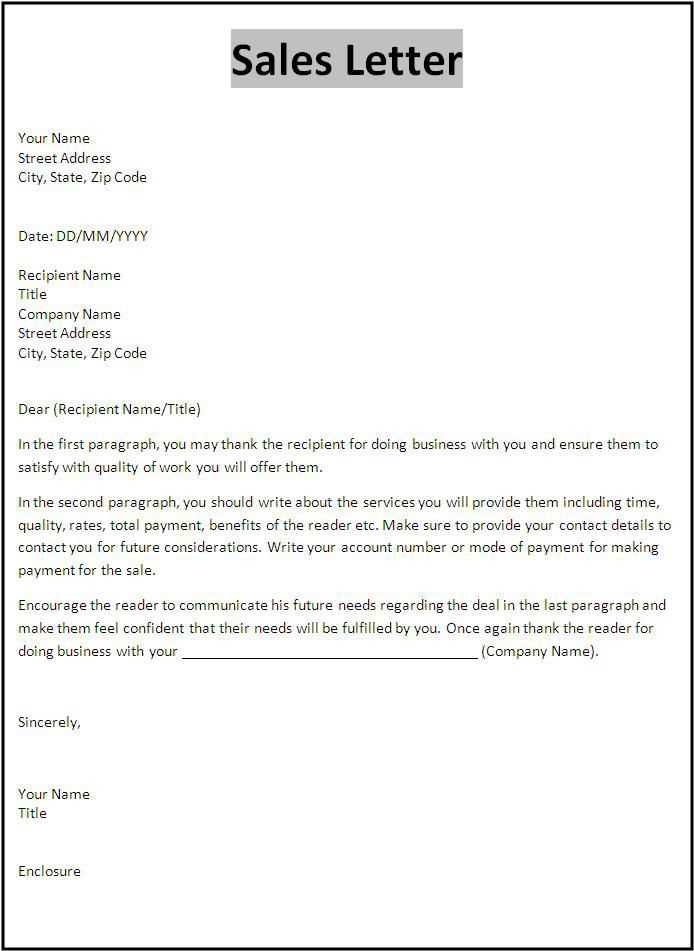Cold Call Sales Letter Template for Effective Outreach

Reaching out to potential clients is an essential part of any business growth strategy. Crafting an impactful initial message can make all the difference in capturing attention and establishing a connection. A well-structured approach allows you to communicate your offer clearly and persuasively, increasing the chances of engaging your audience.
Personalization and a direct approach are key factors in making your message stand out. It’s important to tailor your communication based on the recipient’s needs and interests, offering them a solution that resonates with their goals. The goal is to establish trust and provide value from the very first interaction.
By focusing on clarity, brevity, and relevance, you can create a compelling introduction that paves the way for further discussions. Understanding the psychology of your audience and presenting your ideas in a structured manner enhances the likelihood of a successful connection.
Why Initial Outreach Messages Matter in Business
Reaching out to new clients is a critical step in growing any business. The first interaction sets the tone for future communication and determines whether or not the potential client is willing to engage further. A well-crafted introduction can spark interest and open doors to valuable opportunities.
Effective outreach messages provide an opportunity to establish credibility, showcase your understanding of the recipient’s needs, and present a clear solution. They allow you to create a strong first impression, making it easier to move the conversation forward and build trust over time.
In a competitive market, standing out requires delivering a message that speaks directly to the recipient’s pain points or desires. A thoughtful and personalized approach demonstrates your investment in the potential relationship, making it more likely that the recipient will take the next step.
Crafting a Persuasive Opening Line

The opening sentence of your message is the key to capturing attention and sparking interest. It needs to be engaging, relevant, and clearly convey the value you offer. A strong first impression can significantly increase the likelihood that the recipient will continue reading and consider your proposition.
Clarity is essential when crafting this first line. It should be straightforward, immediately addressing how you can help or solve a problem the recipient may have. Personalization is also a powerful tool–tailoring your message to the recipient’s specific needs or interests shows that you’ve done your research and are invested in offering a meaningful solution.
Whether you’re introducing a new service, offering a solution to a known challenge, or simply making a connection, the key is to make it clear why the reader should care within the first few words. A well-thought-out opening can pave the way for deeper engagement and open the door to valuable opportunities.
Key Elements of a Successful Outreach Message

For any outreach communication to be effective, it must include several crucial elements that help engage the recipient and convey the intended message clearly. These components are designed to draw attention, build trust, and motivate the reader to take the desired action.
1. Attention-Grabbing Introduction
Your opening should immediately capture the reader’s interest. A compelling first impression sets the tone for the rest of the message. Key factors include:
- Personalization based on the recipient’s interests or needs
- Clear value proposition in the first few words
- Concise, engaging language that sparks curiosity
2. Clear and Concise Body

The body of the message should expand on the initial idea while maintaining focus. It’s important to keep it brief and direct, providing only the most relevant information. Elements to include are:
- A brief description of your offer or solution
- Key benefits and how they solve specific problems
- Credible proof or examples of success, if applicable
When these elements are present, the message becomes more persuasive and easier for the recipient to understand, increasing the chances of a positive response.
Common Mistakes to Avoid in Outreach
In any form of outreach, there are several common pitfalls that can diminish the effectiveness of your message. Avoiding these mistakes can make your communication more impactful, increasing the likelihood of achieving your desired outcome. Whether you’re reaching out to potential clients or partners, it’s essential to understand what to avoid to create a positive impression.
One of the most significant errors is a lack of personalization. Generic messages that don’t speak to the recipient’s specific needs or pain points are less likely to engage them. Another frequent mistake is overwhelming the reader with excessive information or using language that’s too complicated. It’s crucial to keep the message clear, concise, and easy to follow.
Additionally, failing to include a clear call to action is another misstep. Without a well-defined next step, the reader may not know what action to take. Finally, ignoring proper timing or sending the message at an inappropriate moment can lead to missed opportunities. Understanding the best time to reach out and tailoring your communication accordingly can significantly increase your chances of success.
How to Personalize Your Outreach Message
Personalizing your communication is one of the most effective ways to capture attention and build rapport with your audience. When recipients feel that the message is tailored specifically to them, they are more likely to engage and consider your offer. A personalized approach demonstrates that you understand their needs and are offering a solution that truly matters to them.
1. Address the Recipient by Name
One of the simplest yet most impactful ways to personalize your message is by addressing the recipient by name. This small gesture can make your communication feel more direct and engaging, making it less likely to be ignored. Personalization starts here, ensuring the message doesn’t come across as generic.
2. Understand the Recipient’s Needs
Researching the individual or company you are reaching out to is crucial for crafting a message that resonates. Understanding their challenges or goals allows you to highlight how your solution can specifically address their unique situation. Tailor your offering by focusing on the benefits that align with their interests, increasing the likelihood of a positive response.
Personalizing your outreach not only improves the chances of building a meaningful relationship, but it also reflects your genuine interest in providing value. A well-tailored message speaks directly to the recipient, establishing a sense of trust and credibility right from the start.
Best Practices for Following Up Effectively
Following up after an initial outreach is essential to maintain momentum and nurture relationships. A well-executed follow-up can increase your chances of receiving a response and moving the conversation forward. It’s important to strike the right balance between persistence and respect for the recipient’s time.
Timing is key when it comes to following up. Waiting too long may result in the recipient losing interest, while being too persistent can come across as pushy. Below are some best practices for ensuring that your follow-up efforts are both effective and well-received:
| Best Practice | Explanation |
|---|---|
| Be timely | Send your follow-up message within a reasonable time frame, ideally within a few days to a week after the initial outreach. |
| Personalize the message | Reference your previous communication and remind the recipient why you’re reaching out again. Show genuine interest in their needs. |
| Keep it concise | A brief, clear message is more likely to be read and appreciated. Don’t overwhelm the recipient with excessive details. |
| Offer value | Include a reason for the follow-up that adds value–whether it’s additional information, a reminder of the benefits, or an opportunity for further discussion. |
| Be polite and respectful | Always maintain a tone of professionalism and respect. Acknowledge that the recipient may be busy, and express appreciation for their time. |
By following these best practices, you can enhance your chances of a successful follow-up and continue to foster positive interactions with potential clients or partners.